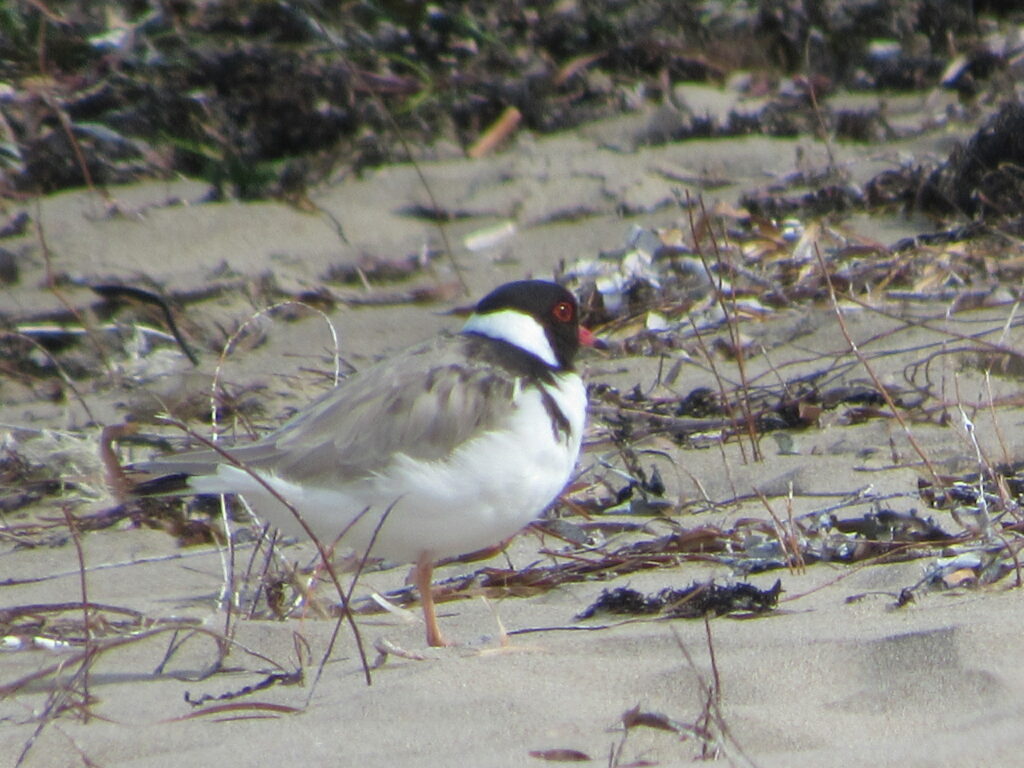Wong Kais has never seen a Hooded Plover in Victor Harbor in his many forays to the beach. He often encountered the warning sign to stay clear of the vegetation where these birds are supposed to breed. These plovers breed between August and March each year. They spend winter inland. Around mid- August 2023, a perceptible change in the ambient temperature and sudden profusion of flowers signalled the approach of spring. Training his birdwatching binoculars on a flock of silver gulls (Chroicocephalus novaehollandiae) feeding at the water’s edge, Wong Kais unwittingly spotted a pair of these plovers a distance away from the gulls. They were very well concealed amongst the beach wracks. These wracks are mainly composed of Sargassum spp. , kelps, sponges and sea balls.
Wong Kais visited the birds on two consecutive days and on 21 August 2023, documented a pair of the birds copulating.







These plovers are native to Australia and are found on beaches facing the Southern Ocean. They are vulnerable as they nest amongst Spinifex plants in the sand dunes. In Victor Harbor, signboards urge people who visit the beach to stay away from the Spinifex spp. clumps. Read this post by green adelaide https://www.greenadelaide.sa.gov.au/discover/native-animals/hooded-plover to discover more of these elusive birds.
References:
- Fleurieu Birds by Peter Gower 2019
- https://www.greenadelaide.sa.gov.au/news/2022-first-hoodie-fledglings
- https://birdlife.org.au/bird-profiles/hooded-plover
NOTE to readers: Wong Kais maintained his distance from the birds while watching and documenting their activities.








